
From the pen of the 19th century French science fiction writer Jules Verne, ‘A Journey to the Centre of the Earth’ is the adventure novel which fuelled my boyhood interest in geology. The tale is very much connected to volcanism. The three protagonists begin their audacious expedition by descending through a volcanic vent on Snaefellsjokull in Iceland and later resurface by means of a similar conduit in sunnier climes on Stromboli, one of the Aeolian Islands in the Mediterranean. The scene, as the story draws towards its climactic finale, sees our travel-weary friends sitting on a wooden raft in something of a dangerous predicament. To quote:
‘An eruption’, I gasped. ‘We are, then, in the volcanic shaft of a crater in full action and vigour’
‘I have every reason to think so,’ said the Professor in a smiling tone, ‘and I beg to tell you that it is the most fortunate thing that could happen to us.’
Carried ever upward by the pressurised surge of bubbling lava, the raft is eventually popped out of the neck of the volcano like the cork in a champagne bottle. Remarkably the trio survive this explosive ordeal to relate the tale of their subterranean wanderings. It left an indelible impression and I have had a passionate interest in volcanic rocks ever since. Pure fantasy of course, but wonderful stuff, nonetheless. In reality, volcanic eruptions are something quite different.

A highly explosive eruption began in the south of Iceland in April 2010. The volcano in question was Eyjafjallajokull. A vast quantity of volcanic dust was ejected, some of it up to a height of over 9.5 km into the atmosphere, forming a dramatic dark plume. Ferried by the wind across to Europe, the fine-grained tephra caused chaos in the following weeks as thousands of planes were grounded because of the danger it posed to their engines, leaving millions of passengers temporarily stranded. Large expanses of the Icelandic countryside were shrouded in a covering of ash including Heimaey in the Westmann Islands lying off the south-west coast. This is the youngest rock in my collection that only recently celebrated its 10th birthday!
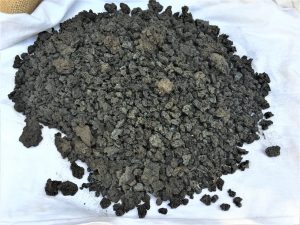
In January1973 a volcanic eruption began on Heimaey. Most of the islands’ inhabitants were evacuated to safety in the local fishing trawlers to mainland Iceland leaving volunteers behind to save what they could. When the eruption finally abated several months later the people returned to their island home. They found a third of the town encased in a thick deposit of cinder-like tephra. This has earned it the nickname of ‘Pompeii of the North’. Some of the houses have been ‘archaeologically’ excavated and now form the centre piece of a museum which details this volcanic event and its effects on the island community.
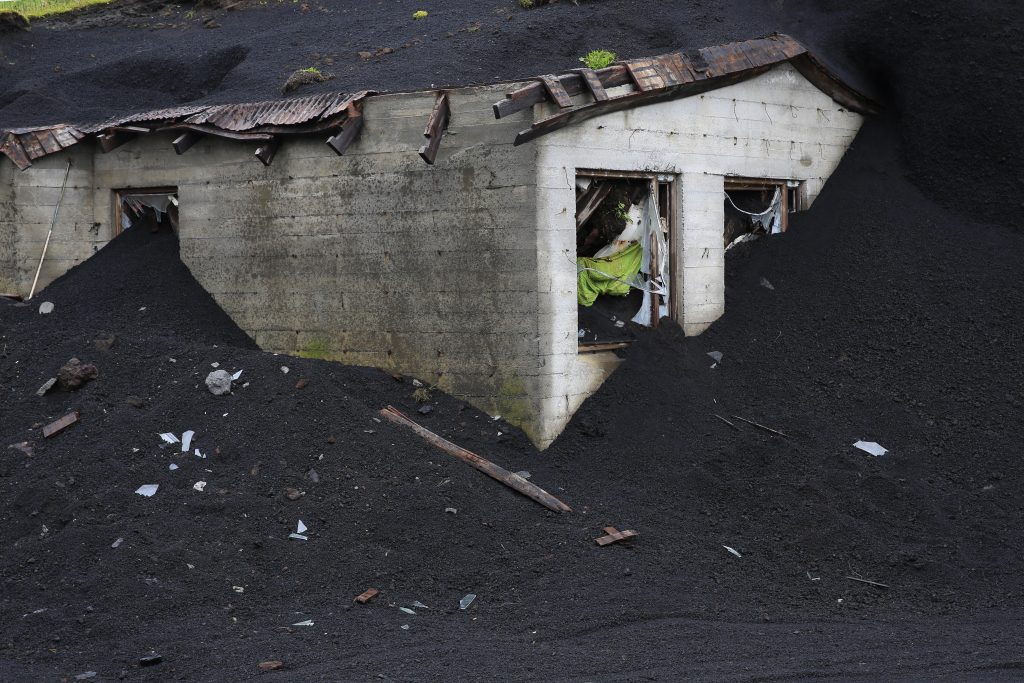
During an eruption blobs of lava are blown high up into the air and, as they spin, cool and solidify before landing on the ground. These are known as ‘volcanic bombs’ and many have a distinctive rugby football shape as in the specimen illustrated here. These ballistic missiles can be dangerous, as Pierce Brosnan’s partner Marianne discovered in the opening scene of the 1997 movie ‘Dante’s Peak’. Volcanic bombs rain down as the couple attempt to flee from their research base. It doesn’t end well for the girl! Well worth checking out on YouTube !

Lava immediately begins to cool on exposure to the air and this causes a crust to form on the surface which becomes wrinkled as it is stretched by hotter lava flowing underneath. This rock is called ropy lava.
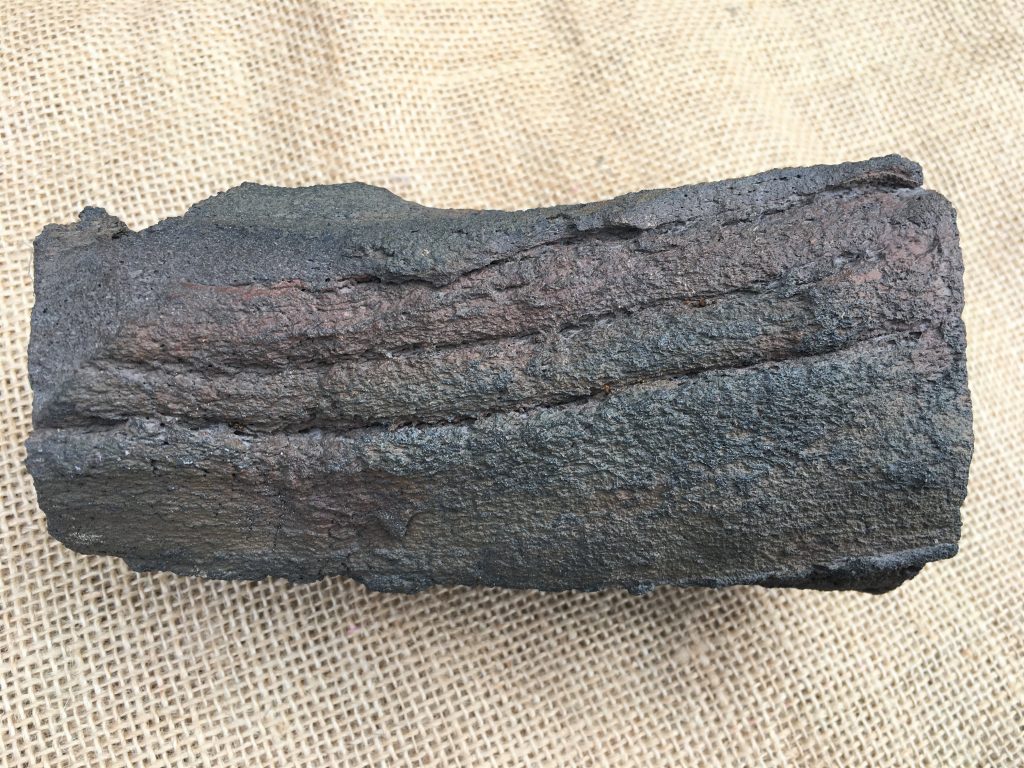
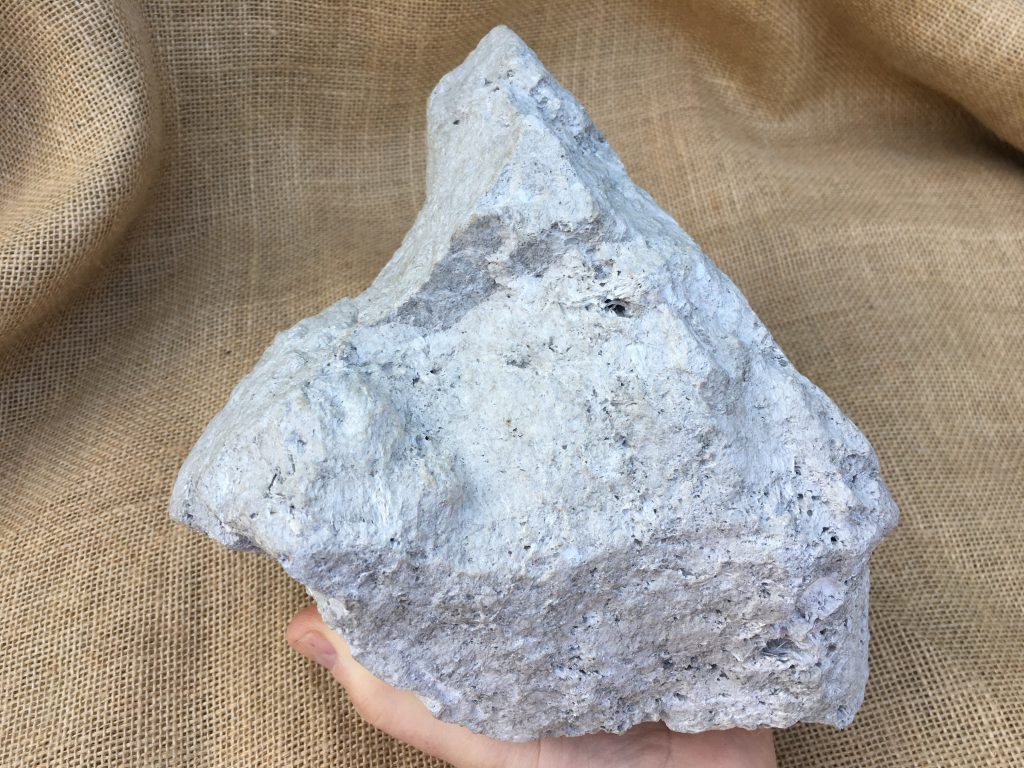
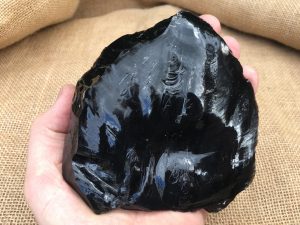
Pumice is a rock formed when gas-rich lava cools. Because of its low density the rock can float. Known universally as ‘pumice stone’, it is used for removing dry, dead skin. It is common on Lipari in the Aeolian Islands where sizable fragments can be acquired. The specimen included here weighs just under 1.8 kg. The island also has deposits of obsidian, a volcanic glass formed when lava cools rapidly, fine specimens of which are readily available. Obsidian from this island was traded widely and used for fashioning tools and weapons in prehistoric times.
Best,
Vincent
© Vincent Butler Heritage 2020












